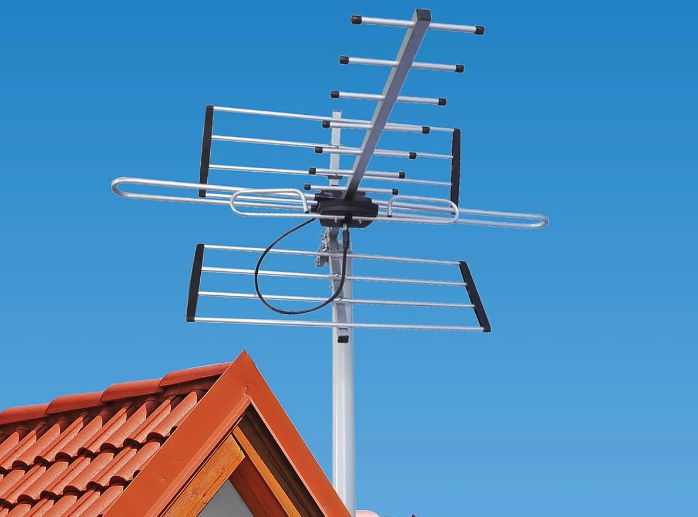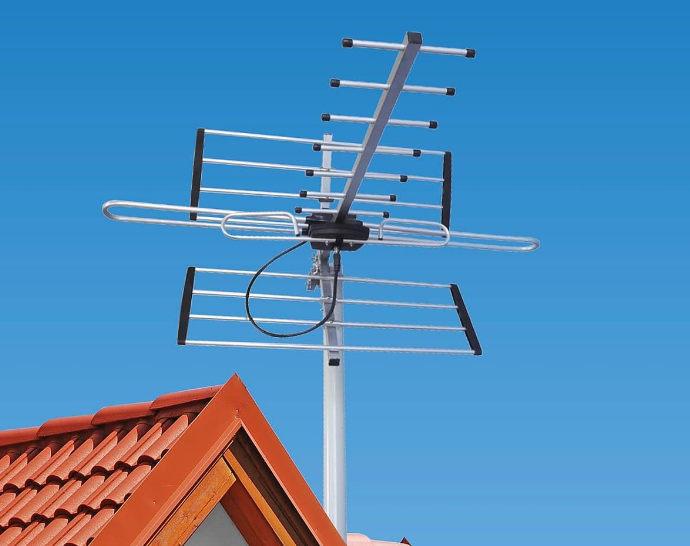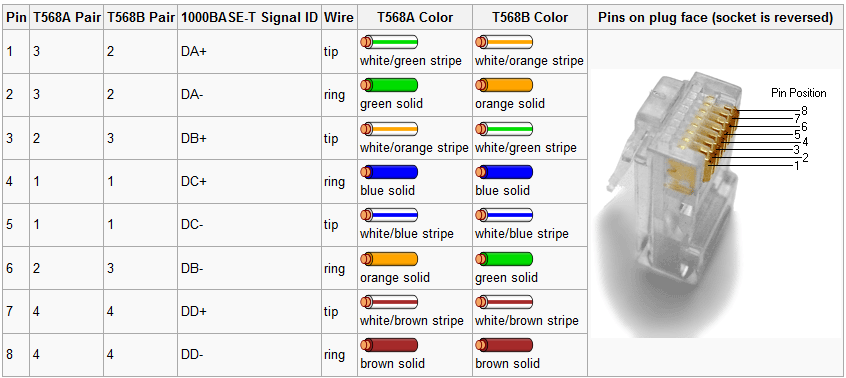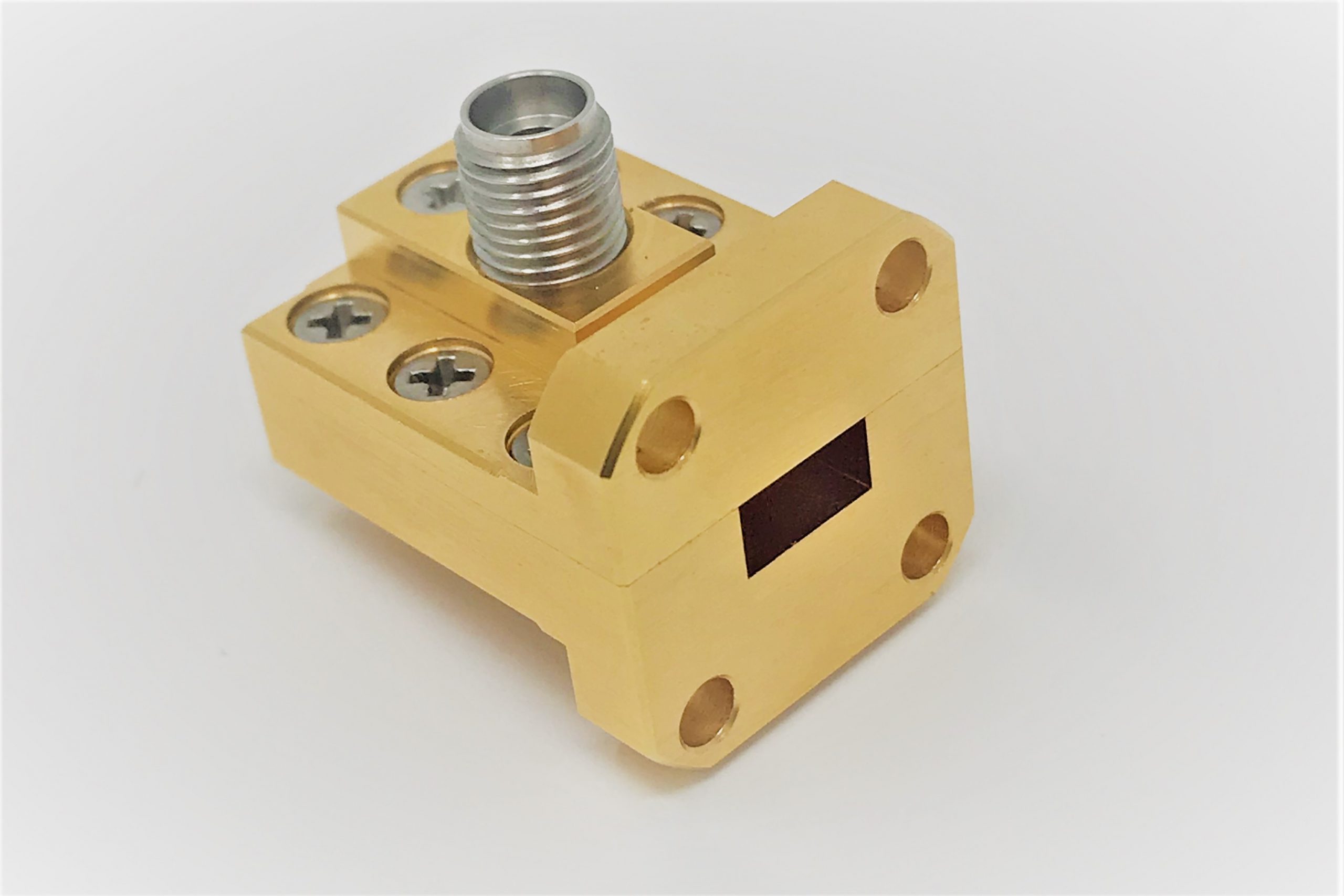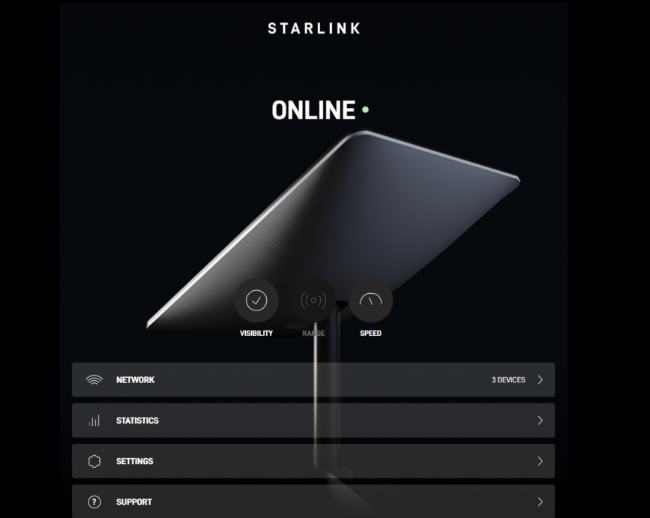What is the difference between antenna booster and amplifier
Antenna boosters focus signal direction, increasing strength by up to 100x (20dB), while amplifiers boost power directly, enhancing signal strength by up to 1000x (70dB). Antenna Booster Antenna gainers enhance signal strength by optimizing the reception performance of the antenna, which uses high-gain antennas or reflectors to focus the signal in a specific direction, thereby […]
What is the difference between antenna booster and amplifier Read More »

